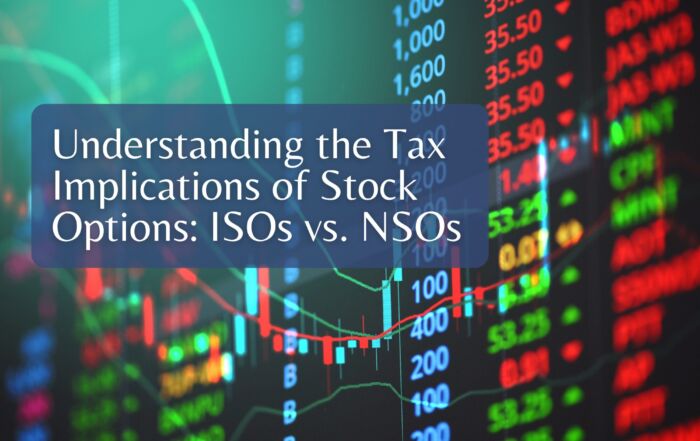Ways Businesses Can Reduce Taxes and Plan for the Future

There are many ways employees and small business owners can reduce their taxes and plan for the future through qualified retirement plans. Most employees who work for larger companies participate in or are at least aware of 401k plans. These plans can be strictly pre-tax or have Roth contribution components to them as well. However, there are also options for solo 401k, SIMPLE IRA, and SEP-IRA. And for those in high deductible health insurance plans, there’s the option of an HSA. Let’s describe each and how they differ from each other.
401k
The 401k is a recent creation that came about after Congress signed the Revenue Act of 1978 with a provision in the Internal Revenue Code – Section 401k – which defers taxation of an employee’s compensation. The traditional 401k allows an employee to defer a certain percentage of their salary into a qualified investment account. Employers are then able to contribute a certain “match” or percentage of the employee’s contributions. This could be 100% up to the first 5%, or 100% up to 3%, or even 50% up to a pre-determined percentage. The maximum amount for employee contributions to a 401k in 2021 is $19,500. If over the age of 50, a participant can contribute an additional catch-up contribution of $6,500 per year or $26,000 overall. Employers can also make contributions regardless of employee contributions through profit sharing and other deferred compensation. The overall limit for all contributions into a 401k for 2021 is currently $58,000 and $64,500 for those aged 50+. Business owners should keep in mind, though, that 401k plans are more costly to administer than other plans and they have special testing requirements as well.
Simple IRA
A Simple IRA is usually set up for smaller businesses. Employees can contribute up to $13,500 with $3,000 in catch up contributions if over 50. The company can decide matching contributions of up to 3% annually or 2% non-elective. They are easy to offer and manage while also requiring no testing involved. However, it’s important to realize that each account belongs to one employee and is to be treated as their individual SIMPLE plan.
Solo 401k or SEP IRA
According to a Gallup study at the end of 2019, almost 30% of Americans were self-employed. Entrepreneurs and self-employed individuals usually focus solely on expanding their business and increasing their bottom line. It can be easy for them to get distracted by the immediate needs of the business and not take time to focus on additional ways to plan for themselves and their families in retirement. But retirement planning should be discussed with a financial advisor, CPA and eventually a payroll company even while you’re still growing a business. Usually, self-employed individuals have the option of either a solo 401k or a Single Employee Pension (SEP) IRA.
There are many questions to ask to determine when to open a retirement plan for a new business. As mentioned, self-employed individuals have the option of either a solo 401k or SEP IRA. Which one is best can depend on certain factors that will raise several questions including:
- How is your company incorporated?
- Is your business an LLC, S-Corp, etc.?
- Do you have any 1099 or W2 employees?
- Are you taking larger draws from the business and less from your salary?
These factors all affect personal and business taxes as well as the amount you can save for retirement and your future self. They can also determine which vehicles will help you reduce your tax liability.
Let’s break this down a little. Do you have W-2 or any 1099 employees? An S-Corp has to have SEP contributions run through a W-2 while an LLC pays self-employment tax on net earnings, so no W-2 is needed. SEP IRAs are not a pension, or defined benefit, despite how they sound. It is similar to a solo 401k but with options to defer income to grow tax deferred with a few distinct differences.
SEP Contribution
The SEP contribution is made through the employer and not the employee. You start by determining gross income, then subtracting expenses, followed by subtracting half of self-employment tax. For 2021, limits are the lesser of 25% of an employee’s compensation or $58,000. Solo 401k contributions come from both the employee and the employer. The employee has the option to make contributions of up to $19,500 and then the remainder can come from employer matching and profit sharing. Another feature of a solo 401k is it allows Roth contributions as well certain loan provisions. SEP IRAs should be established before filing a tax return on April 15th of the following year while employee contributions to solo 401ks need to be made by December 31st of the calendar year.
Reporting and Accounting Differences: SEP vs 401k
There are also differences in reporting and accounting between SEP and Solo 401k plans. SEP is easier to set up with little filing and paperwork required while the solo 401k can be a little more stringent with accounting. Also, you need to think ahead and consider whether or not you plan to bring other employees on board or if this will just be covering yourself. If there is the possibility of adding employees during growth, you should choose a SEP IRA, as a Solo 401k can only be contributed to by the owner and the spouse of owner working at the company.
Health Savings Account (HSA)
The HSA or Health Savings Account is an often overlooked and underutilized savings vehicle. It is a triple tax-advantaged savings account created for individuals and families who have high deductible health insurance plans. The funds are not only deductible and grow tax deferred like other retirement accounts, but they are also withdrawn tax free if used for qualified medical expenses. The HSA contribution limit for 2021 is $3,600 for an individual and $7,200 for families. Individuals over age 55 can make annual catch-up contributions of an additional $1,000. If over 65, you can also access the funds for other needs besides medical expenses and avoid the 10% penalty but pay ordinary income taxes on the withdrawals.
Reducing Taxes and Planning for the Future
Regardless of what plan you decide to go with, a quick discussion with an advisor of the pros and cons between these options can determine what is most suitable. As mentioned, once you’ve decided which option to go with, they are fairly simple to maintain and contribute to with a qualified CPA and payroll company helping you out. After this plan is established, business owners should then focus on investing in low-cost options and diversify through a portfolio of ETFs across various longer-term healthy asset classes. Contributing not only helps reduce tax liability but also helps grow your nest egg and improve your probability of retiring successfully within your financial plan.
As you can tell there are various plans to implement, each with their own pros and cons and specific rules. However, these are very common and if properly set up can be easy to maintain. If you have questions, please reach out to a financial planner and CPA to discuss in more detail.
Matthews Barnett, CFP®, ChFC®, CLU®
Financial Planning Specialist
Share This Story, Choose Your Platform!
Wiser Wealth Management, Inc (“Wiser Wealth”) is a registered investment adviser with the U.S. Securities and Exchange Commission (SEC). As a registered investment adviser, Wiser Wealth and its employees are subject to various rules, filings, and requirements. You can visit the SEC’s website here to obtain further information on our firm or investment adviser’s registration.
Wiser Wealth’s website provides general information regarding our business along with access to additional investment related information, various financial calculators, and external / third party links. Material presented on this website is believed to be from reliable sources and is meant for informational purposes only. Wiser Wealth does not endorse or accept responsibility for the content of any third-party website and is not affiliated with any third-party website or social media page. Wiser Wealth does not expressly or implicitly adopt or endorse any of the expressions, opinions or content posted by third party websites or on social media pages. While Wiser Wealth uses reasonable efforts to obtain information from sources it believes to be reliable, we make no representation that the information or opinions contained in our publications are accurate, reliable, or complete.
To the extent that you utilize any financial calculators or links in our website, you acknowledge and understand that the information provided to you should not be construed as personal investment advice from Wiser Wealth or any of its investment professionals. Advice provided by Wiser Wealth is given only within the context of our contractual agreement with the client. Wiser Wealth does not offer legal, accounting or tax advice. Consult your own attorney, accountant, and other professionals for these services.





